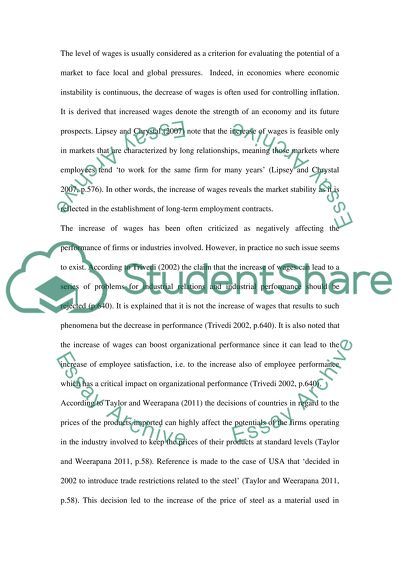Cite this document
(“Increase of wages and market performance in Chinese factories Essay”, n.d.)
Increase of wages and market performance in Chinese factories Essay. Retrieved from https://studentshare.org/macro-microeconomics/1400917-evaluate-the-impact-of-rising-wages-in-chinese
Increase of wages and market performance in Chinese factories Essay. Retrieved from https://studentshare.org/macro-microeconomics/1400917-evaluate-the-impact-of-rising-wages-in-chinese
(Increase of Wages and Market Performance in Chinese Factories Essay)
Increase of Wages and Market Performance in Chinese Factories Essay. https://studentshare.org/macro-microeconomics/1400917-evaluate-the-impact-of-rising-wages-in-chinese.
Increase of Wages and Market Performance in Chinese Factories Essay. https://studentshare.org/macro-microeconomics/1400917-evaluate-the-impact-of-rising-wages-in-chinese.
“Increase of Wages and Market Performance in Chinese Factories Essay”, n.d. https://studentshare.org/macro-microeconomics/1400917-evaluate-the-impact-of-rising-wages-in-chinese.


